Rug care
RUGS
Thank you for choosing a Pampa rug. To help keep your rug looking at its best for years to come, below we have outlined a few words of advice to read before installing your rug and also to refer back to when needed.
General Rug Care
Pampa rugs are meticulously woven with pure, raw sheep's wool, embodying the beauty crafted by our talented artisans' hands. To nurture their essence and extend their lifespan we recommend the following tips:
Every six months, rotate the rugs end to end or relocate them to different areas of your home to distribute wear evenly.
Protect your Pampa rug from direct sunlight and heat sources like gas heaters and fireplaces, as they can cause the natural fibers to parch and fade. Place your rug away from both to maintain its vibrancy. If not possible maintaining the rug away from direct sunlight embrace fading as common use and wear on any wool product.
Mitigate bacteria build-up by exposing your Pampa rug to sunlight. Every few months, turn the rug over and let it bask in the sun for an hour. Prior to repositioning, vacuum the back of your rug.
Ensure your rugs remain dry and avoid hiding them in dark corners, such as being tightly tucked under lounge suites or furniture.
For hard floors, employ microfiber mops with water only (no detergents), or use a steam mop if suitable. Detergent and soap residues can become adhesive, attracting additional dirt onto your Pampa rug. By maintaining cleanliness on hard floors, your rug will retain its freshness for an extended period.
Gradually shift your Pampa rugs a few centimeters each month to soften any fading on the carpet or timber floors beneath. When the rugs are eventually relocated from the room, the fading on the floor will be gradual and less conspicuous.
Spills, Stains, Pets & Dirt
Liquid spills must be blotted up as soon as possible. First, remove any solid materials if present with care. Using a white towel, white cloth or white paper towel to draw up the liquid as best you can, as it will eliminate the possible migration of dyes to the rug. Place the towel or cloth on top of the spill and starting from the outside of the spill, apply pressure to soak up the liquid and draw it out of the wool. Never rub a wet liquid stain. Repeat this step until clean. If a stain is still evident, apply a small amount of lukewarm water and draw it out using the same method described above. Using a designated wool detergent can help remove the stain as well, but use sparingly so to avoid possible fading of dyes. Make sure all the detergent is then removed from the wool. If the stain can’t be removed using these methods, seek professional advice or have your rug professionally cleaned.
In the case of mud or dirt on your rug, brush and/or vacuum with care once dry. Always let mud dry before attempting to clean.
For small spot stains that have already dried on your rug, we do recommend that a designated wool detergent be used as per its instructions if you wish to attempt to remove the stain yourself. A mild mixture of lukewarm water, white vinegar and detergent can also be used as a homemade solution, but the use of a designated wool detergent is preferable. If using the homemade solution, wet a white cloth with this mixture and gently wipe, taking care not to spread the stain. If you have any doubts whatsoever or the stain is still evident once dry, seek the advice or service of an experienced rug cleaning professional.
Pet urine is the most dangerous “spill” you can have on your rug. And why you need to have it cleaned as soon as you discover the accident. The quicker you can tend the spill, the more potential problems you avoid. Pet urine causes acidic stains which turn alkaline over time. If it isn’t cleaned as soon as possible, pet urine will cause long term, permanent dye damage to your rug.
Cleaning at Home
Rugs in our Thick, Intricate and Suncho collections should be vacuumed with care on a regular basis. The more traffic your rug receives the more often it should be cleaned. The build up of dirt and/or sand can drastically reduce the lifespan of your rug. Constant foot traffic on a soiled rug causes the premature breakdown of the wool fibers due to the abrasive nature of dirt and sand.
When vacuuming, take care not to use too much suction and move the head of the vacuum over your rug slowly, being careful not to catch any threads. Never use a vacuum head that has moving parts as this could damage your rug. Always vacuum with the direction of the weave. Vacuum both sides of your rug as dirt can penetrate all the way through.
Extra care should be taken with Puna rugs due to their softer, more delicate nature. A careful shake or light beating with a tennis racket outside may be a better option than vacuuming. If in doubt, always seek the advice or service of an experienced rug cleaning professional.
Never machine wash or hand wash an entire rug with water. This could lead to deformation and/or running of dyes.
Professional Cleaning
Rugs should be professionally cleaned at least once every one to three years. The amount of traffic the rug receives and the nature of the space where the rug is used, will determine how often your rug should be professionally cleaned. Some pieces may need to be dry cleaned. Always use the services of a professional who is experienced in the cleaning of flat handwoven rugs.
Moths & Storage
Moths pose a concern when it comes to natural wool rugs. The most effective preventive measure is to keep the rug in use in a well-ventilated room with filtered light. Regular vacuuming both sides is a must (in the direction of the weave), particularly when underneath beds, sofa’s and furniture. It helps maintain the cleanliness and condition of both sides of of your rug and removes any poetnial activity from moths before they can cause issues.
Storing rugs in plastic bags should be avoided, as this can lead to discolouration over time. We don’t recommend storing your rugs, but if there is a need of doing so, please store the rug in a clean, dry and well venitaled environment that is not too dark and is easily accessible for regular inspection and cleaning, similar to caring for a woolen jumper.
If an issue with moths or other pests appears, seeking assistance from a skilled rug cleaning professional who can apply appropriate treatments is highly advisable. Pampa does not hold responsible for moths and/or pest damage, as we are not able to control the environment they are in or the care they receive.
Treatments
We do not recommend the use of stain preventative treatments such as Scotch Guarding. This can potentially lock in a liquid stain and make it very difficult to remove, even professionally. Wool contains lanolin, which is nature’s own stain repellent.
Placement of your Pampa Rug & Use of an Underlay
Avoid positioning your rug in direct sunlight; this will prevent premature fading of the dyes. Placing your rug in an area of high foot traffic will also reduce the longevity of your rug. Rotate your rug a few times each year to help promote even wear and prevent fading in the case that your rug is exposed to sunlight and/or high foot traffic. This is also important if heavy furniture is placed on top of your rug. Pampa rugs are only intended for indoor use. Never use a Pampa rug in an area where it might be exposed to moisture.
We recommend using an underlay to prevent premature wear and possible slips, which could lead to injury. The use of an underlay also helps to keep your rug in position and will give your rug a bit of extra cushioning. This is especially important on hard floors such as concrete and timber. An underlay offers extra cushioning which helps protect the wool fibres from being crushed or damaged underfoot or by furniture.
The use of an underlay is also necessary when using any coloured rug on a surface that could be affected by the migration of dyes, such as lightly coloured carpet. Using an underlay that has been designed for the use with carpet will create a barrier between the rug and your carpet to prevent the migration of dyes in the event of a spill or the presence of moisture.
It is preferable to have the underlay in one piece instead of several. If more than one piece of underlay is used, do not overlap the underlay but lay the pieces together with no gaps in between. The underlay should be cut 2cms to 5cms smaller than the dimensions of your rug. Never place an underlay or rug on an uncured floor surface if it has recently been sealed, laid, treated, etc.
Suitable underlays can also be found at Ikea and Bunnings stores in Australia.
Loose Threads & Shedding
In the occurrence of loose threads, which is considered normal with handwoven rugs, we recommend carefully pushing the thread back into the weave of the rug using a blunt, pointed instrument. If the thread is long and does not continue back into the weave of the rug, carefully trim with scissors. Take care not to cut any structural threads that could cause the rug to unravel. If in doubt, tie a small, secure knot as close to the rug as possible and cut off the excess thread.
Why are there small twigs or organic plant material in the weave of my rug and how to remove it?
Our artisans work with 100% raw sheep wool and the wool in most of our rugs comes straight from the backs of the sheep that weavers own and care for, which run around wild and free in the dry forest surrounding their homes brushing up against trees. The wool is thoroughly hand cleaned before it is hand-spun and woven on the looms, however some plant matter such as very small twigs may still remain in the yarn occasionally.
Although we do inspect and clean all rugs before being shipped out to our clients, small twigs and organic plant matter may occasionally be missed. If you do find any of these in your rug, they can easily be removed with your fingers or a pair of tweezers. They can be safely pulled out of the weave, however never cut across the yarn with a pair of scissors as this could affect the integrity of the weave. Any doubts, please get in touch first at hello@pampa.com.au
Here’s more about our process and how Pampa rugs are made https://pampa.com.au/pages/our-process
Disclaimer
Pampa accepts no responsibility for damage caused by persons following the cleaning and care procedures listed on this page. This is simply advice and you should always contact an experienced rug cleaning professional if you are ever in doubt regarding the care of your rug.

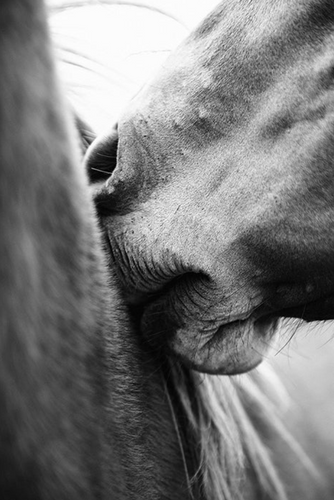 Shop All Prints
Shop All Prints
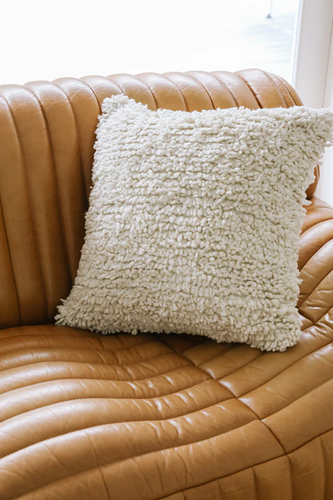 Shop All Cushions
Shop All Cushions
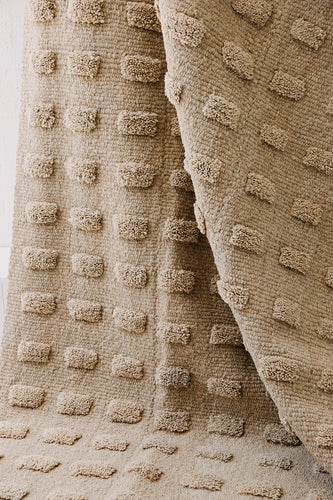 Shop All Rugs
Shop All Rugs
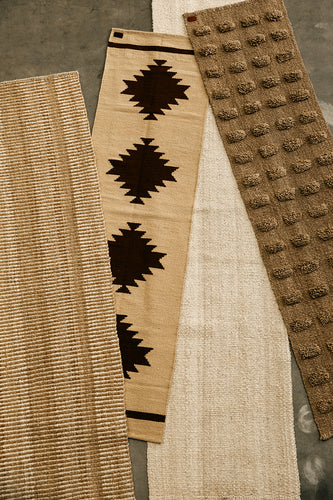 shop runners
shop runners
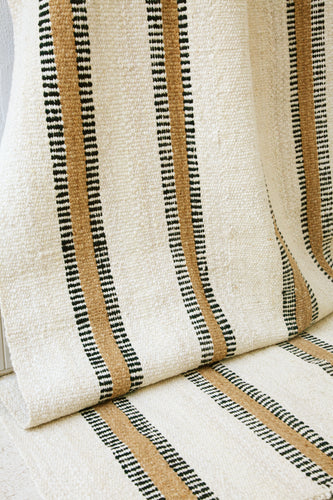 shop made to order rugs
shop made to order rugs
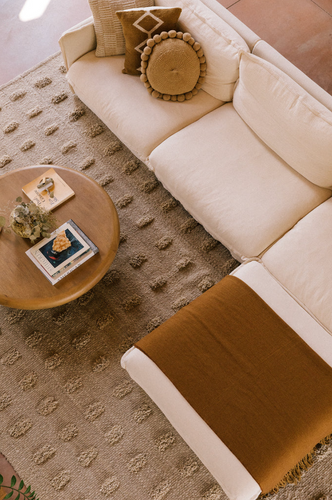 Shop ready to ship rugs
Shop ready to ship rugs
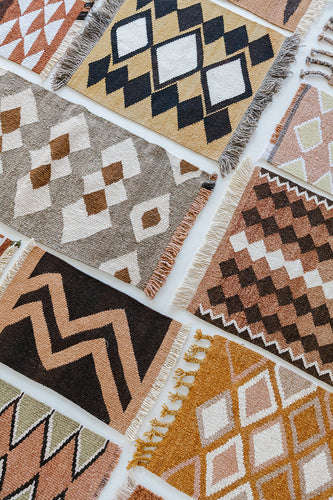 Shop QOM Textiles
Shop QOM Textiles
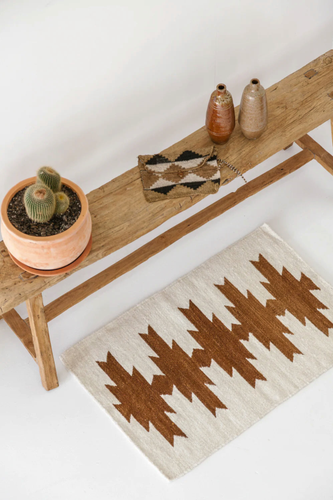 Shop Mini Rugs
Shop Mini Rugs
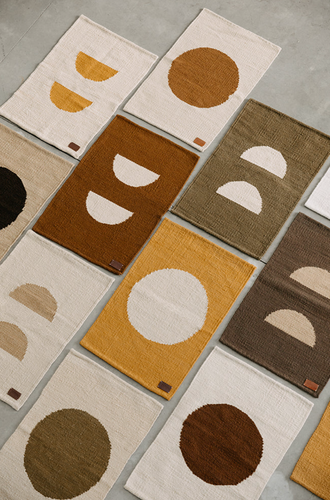 Shop All Accent rugs
Shop All Accent rugs
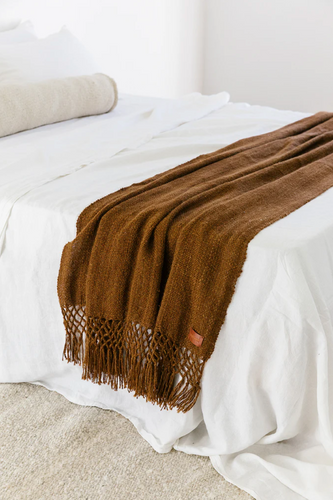 Shop Blankets & Throws
Shop Blankets & Throws
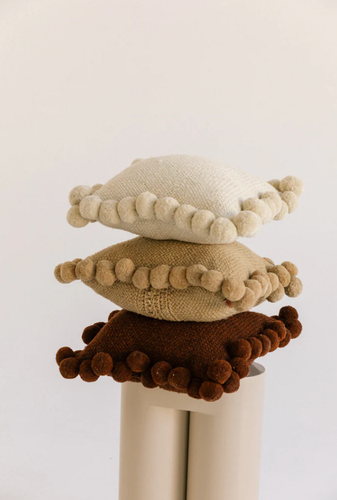 Shop Cushions
Shop Cushions
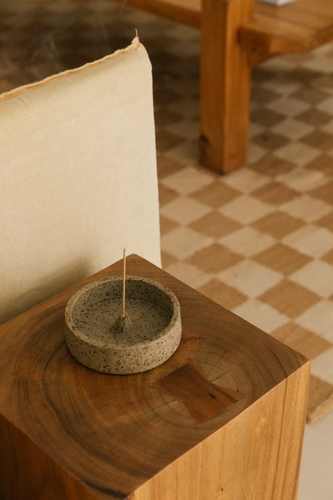 Shop home rituals
Shop home rituals
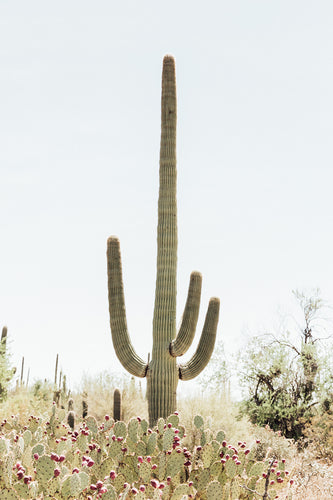 Shop Cactus Prints
Shop Cactus Prints
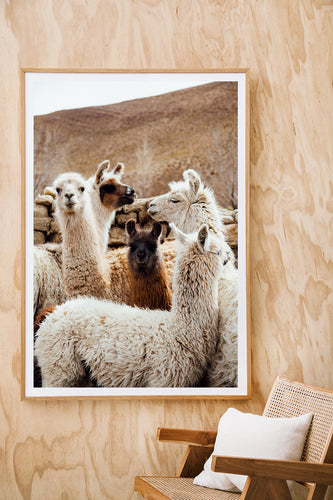 Shop Animal Prints
Shop Animal Prints
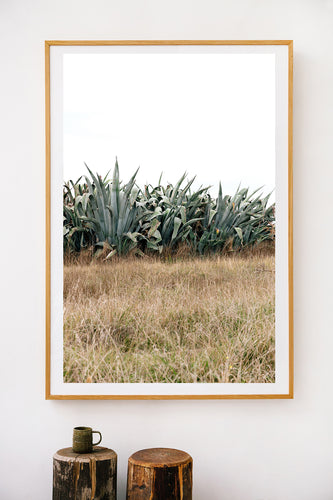 Shop All Prints
Shop All Prints
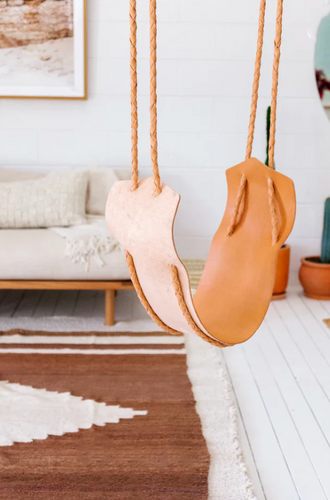 Shop Swings & Hammocks
Shop Swings & Hammocks
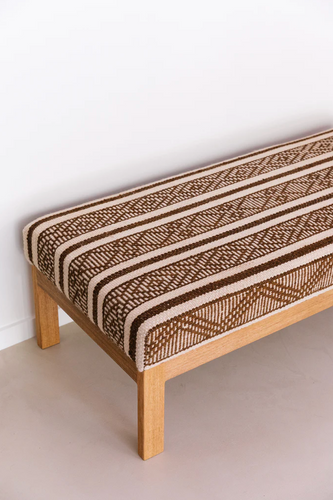 Shop Ottomans
Shop Ottomans
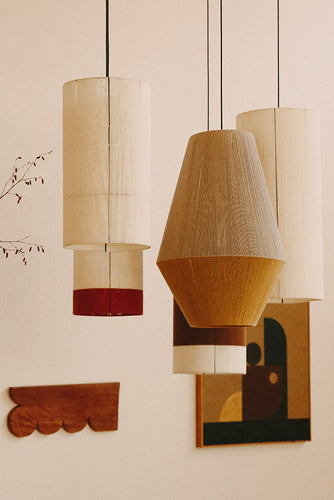 Shop lighting
Shop lighting
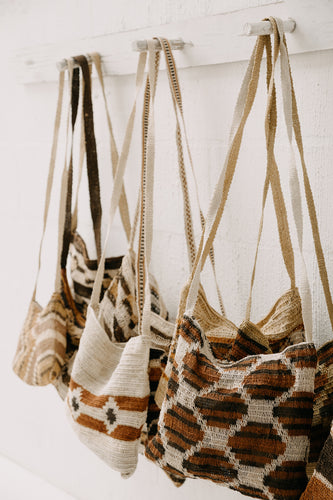 Shop Litoral Bags
Shop Litoral Bags
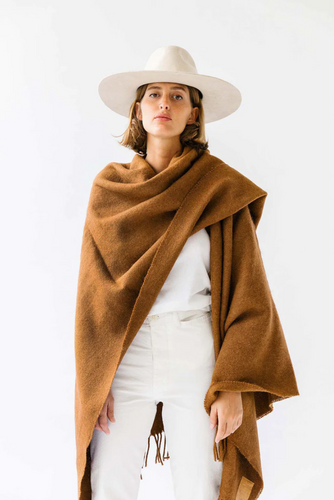 Shop Puna Ponchos & Scarves
Shop Puna Ponchos & Scarves
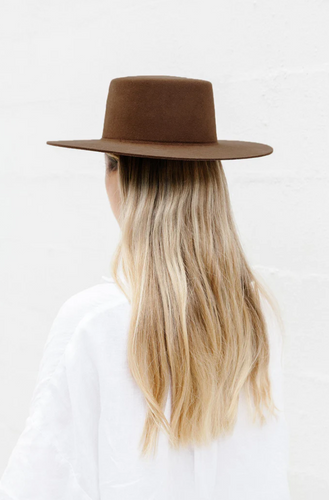 Shop All Wear
Shop All Wear
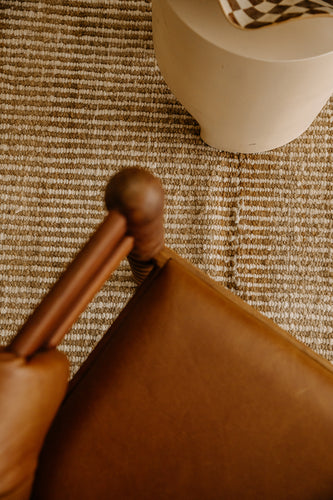 Shop The Outlet Rugs
Shop The Outlet Rugs
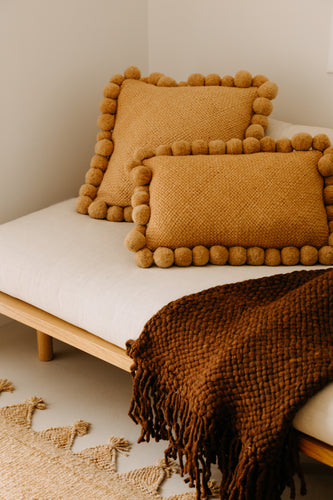 Shop The Outlet Cushions
Shop The Outlet Cushions
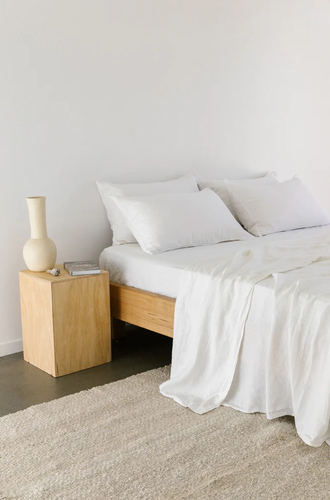 Shop All The Outlet
Shop All The Outlet
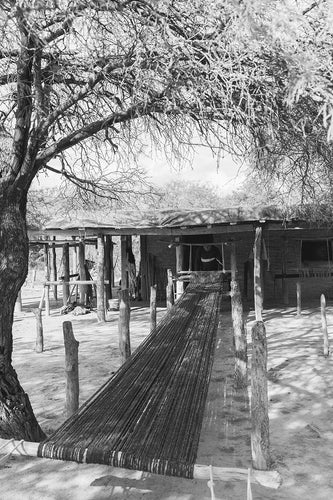 B Corp
B Corp
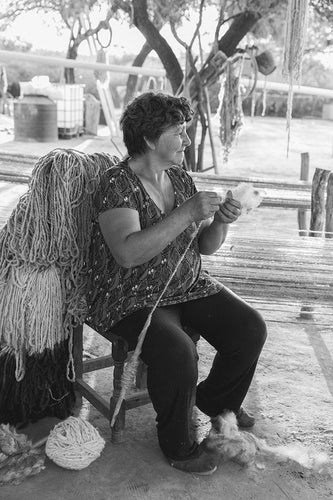 Our Artisan Partners
Our Artisan Partners
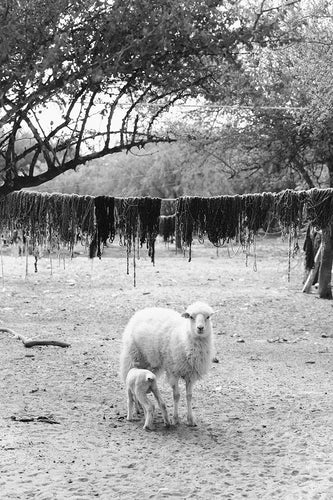 About
About
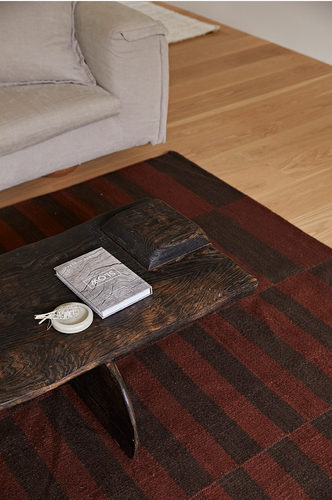 log in to your trade account
log in to your trade account
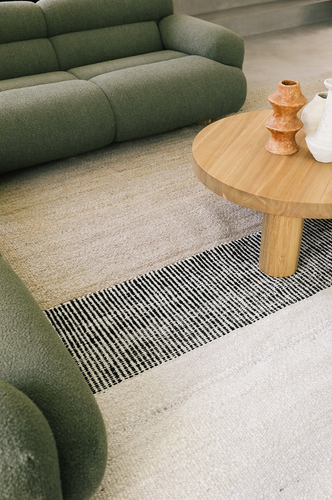 Join our trade program
Join our trade program
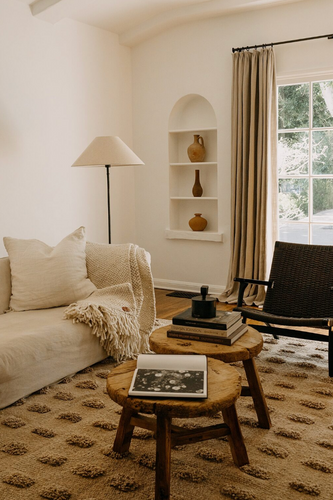 Mi Casa
Mi Casa
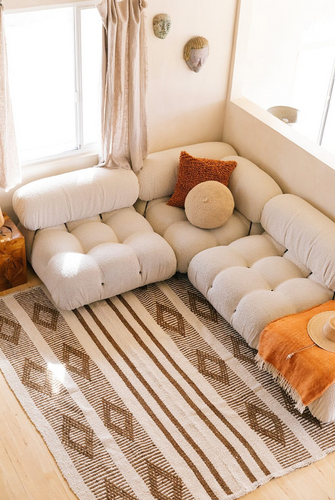 Stay
Stay
 Creatives
Creatives
